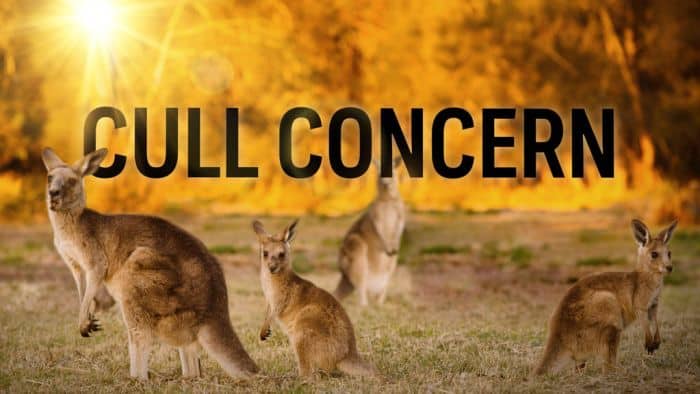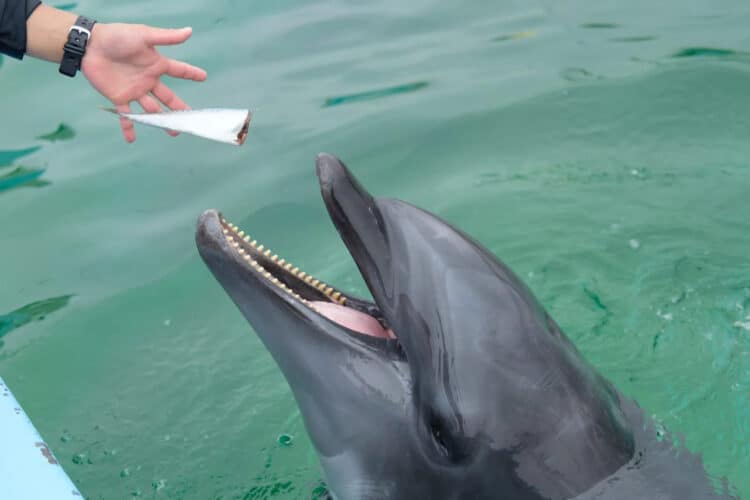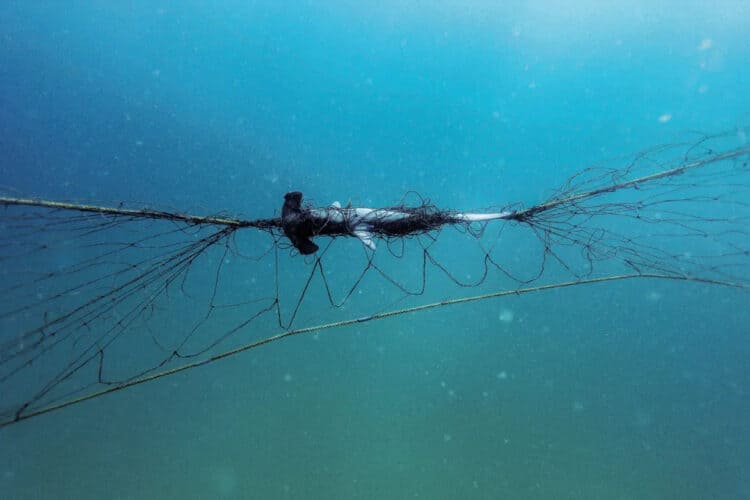The kangaroo is arguably Australia’s most iconic creature but in New South Wales, there are fears the species could be under pressure due to landholder culling and commercial harvesting.
The industry is supposed to be tightly regulated, but the government department responsible for monitoring it has no idea how many kangaroos are killed each year while some industry insiders are calling out lack of action over inhumane practices.
ASHLEY NEILL, KANGAROO SHOOTER: Kangaroos have been a livelihood for me, in actual fact, I would be more greenie, you would say, than the actual greenies running around today.
I love nature, I hate cruelty.
MICAELA HAMBRETT, REPORTER: Ashley Neill has been shooting kangaroos for 40 years, and runs this processing plant outside Hay, in western New South Wales.
He says he kills and processes kangaroos according to a strict code that not everyone is following.
ASHLEY NEILL: I am in agreeance with culling something but do it humanely.
EXTRACT FROM ‘A BIG COUNTRY’, 1972: They eat just as much as a sheep. There would be no two ways about that.
MICAELA HAMBRETT: While many farmers consider them a pest, kangaroos are a protected species. It’s an offence to kill them without a licence.
Each year, state departments calculate a quota of kangaroos to be shot by the commercial industry, but that quota doesn’t account for all the kangaroos killed in the state.
Farmers can also apply for the permits to cull kangaroos on their own land when they’re deemed a pest.
CATHERINE CUSAK, NSW LIBERAL MP: I can’t understand how it is that our snakes are protected, you’re not allowed to shoot a snake, but you can go out and knock over 2,000 kangaroos. You can do it as a social activity with all your mates on the back of trucks.
MICAELA HAMBRETT: But the regulation and oversight of kangaroo culling in New South Wales is now facing serious questions.
A bipartisan parliamentary committee has found there are grave concerns with the oversight of kangaroo shooting by private land holders and issues with transparency and policing in the commercial trade.
Government MP Catherine Cusack was on the committee.
CATHERINE CUSAK: I’m a person who is born and bred and raised in the bush where there are so many kangaroos. I’m now seriously alarmed that we have a big issue in relation to the sustainability of this species that is iconic to Australia.
MICAELA HAMBRETT: The New South Wales inquiry found National Parks, the departmental agency responsible for land holder shooting, didn’t know how many kangaroos were killed in 2020.
It could only come up with a ballpark figure, which ranged from 68,000 to 120,000.
CATE FAEHRMANN, GREENS MLC: The kangaroo industry in New South Wales lacks transparency, it lacks monitoring and compliance. There are animal welfare issues that urgently need to be addressed.
MICAELA HAMBRETT: But some evidence never made it to the inquiry.
Documents leaked to the ABC reveal the Department of Planning, Industry, and Environment’s own staff have voiced internal concerns about a lack of management and oversight of kangaroo culling.
A 2019 audit found it was impossible to work out the actual number of kangaroos being processed, and this could undermine the sustainability of the industry.
CATHERINE CUSAK: I was really concerned that they could not make a coherent case explaining what they were doing. What is the status of kangaroos and wallabies in New South Wales?
MICAELA HAMBRETT: If commercial shooters don’t kill kangaroos with a shot to the head, it has to be reported but the audit found in 70 per cent of cases where that happened, the department took no action.
Between 2015 and 2019, there were no licence suspensions or prosecutions. The department declined an interview with the ABC. In a statement, the department said it had issued 16 penalty notices in the last financial year.
RAY BORDA, KANGAROO INDUSTRY ASSOCIATION: The people that should be out there checking it are the people who make the rules and regulations. That’s the Department of Environment or Safe Food. They’ve got to be out there, and policing, and fining people.
MICAELA HAMBRETT: Ray Borda is the president of the Kangaroo Industry Association. He says it makes no sense to only regulate the commercial trade.
RAY BORDA: There is no auditing inspection, there is no traceability. There’s no tagging. There’s nothing there. So, I don’t know how they can estimate how many animals have been taken, whether they’ve been taken humanely or not.
MICAELA HAMBRETT: This footage was taken in central west New South Wales in 2018. It shows a land holder wounding a female kangaroo in the body, with a visible joey in her pouch.
The eyewitness who filmed it doesn’t want to be identified but said the farmer then dragged the wounded kangaroo behind his ute.
ASHLEY NEILL: The old-style farmer, he doesn’t mind a few ‘roos hopping around his farm. A lot of properties in my eyes, they’re not plague proportion, and they just cull kangaroos for the sake of doing it. They do not cull them humanely, no.
MICAELA HAMBRETT: Veteran commercial shooter Ashley Neill says he has witnessed similar incidents.
ASHLEY NEILL: I have seen with my own eyes, kangaroos with broken legs through shotguns. Can’t hop, can’t get to water, can’t feed. So they may survive for two or three days in the middle of summer and the female, nine time out of 10, they’ve got joeys.
LEON ZANKER, NSW GRAZIER: Every time it rains you get that little green shoot, it’s something the kangaroos love, something the cattle and sheep love too. If you look on the ground, there’s one bud left there.
I absolutely reject that is commonplace amongst land owners, certainly that I know, and in the western division.
You’re trying to highlight a very, very small percentage of what happens and blow it out of proportion.
MICAELA HAMBRETT: Leon Zanker is grazier from the western district of New South Wales and gave evidence to the parliamentary inquiry. He says pastoralists need to cull kangaroos when they compete with livestock for feed.
LEON ZANKER: It’s not about extinction or elimination. It’s purely about management of the number of kangaroos to be in sync with the ability of the landscape to support them.
I don’t need a graph to tell me I’ve got a lot of kangaroos, I know that.
MICAELA HAMBRETT: In 2018, the New South Wales Government made it easier for landholders to get a permit to shoot kangaroos. Landholders can apply for a licence over the phone.
LEON ZANKER: I don’t know any landowner who enjoys applying for a damage mitigation permit. We all would love to see the commercial industry be the mechanism by which we reduce our numbers.
MICAELA HAMBRETT: The state government is considering the kangaroo inquiry’s recommendations before it signs off on the next five-year management plan for the state’s kangaroo population.
CATHERINE CUSAK: It’s actually quite distressing to me that our kangaroos could be in such a predicament.
We clearly need to recalibrate our policies because the idea of losing this species of kangaroos and wallabies is just horrific.
This report from Micaela Hambrett from ABC Regional Investigations and a warning, it contains images some viewers may find confronting. It was first published on 2 October 2021.
What you can do
Support ‘Fighting for Wildlife’ by donating as little as $1 – It only takes a minute. Thank you.
Fighting for Wildlife supports approved wildlife conservation organizations, which spend at least 80 percent of the money they raise on actual fieldwork, rather than administration and fundraising. When making a donation you can designate for which type of initiative it should be used – wildlife, oceans, forests or climate.







Leave a Reply